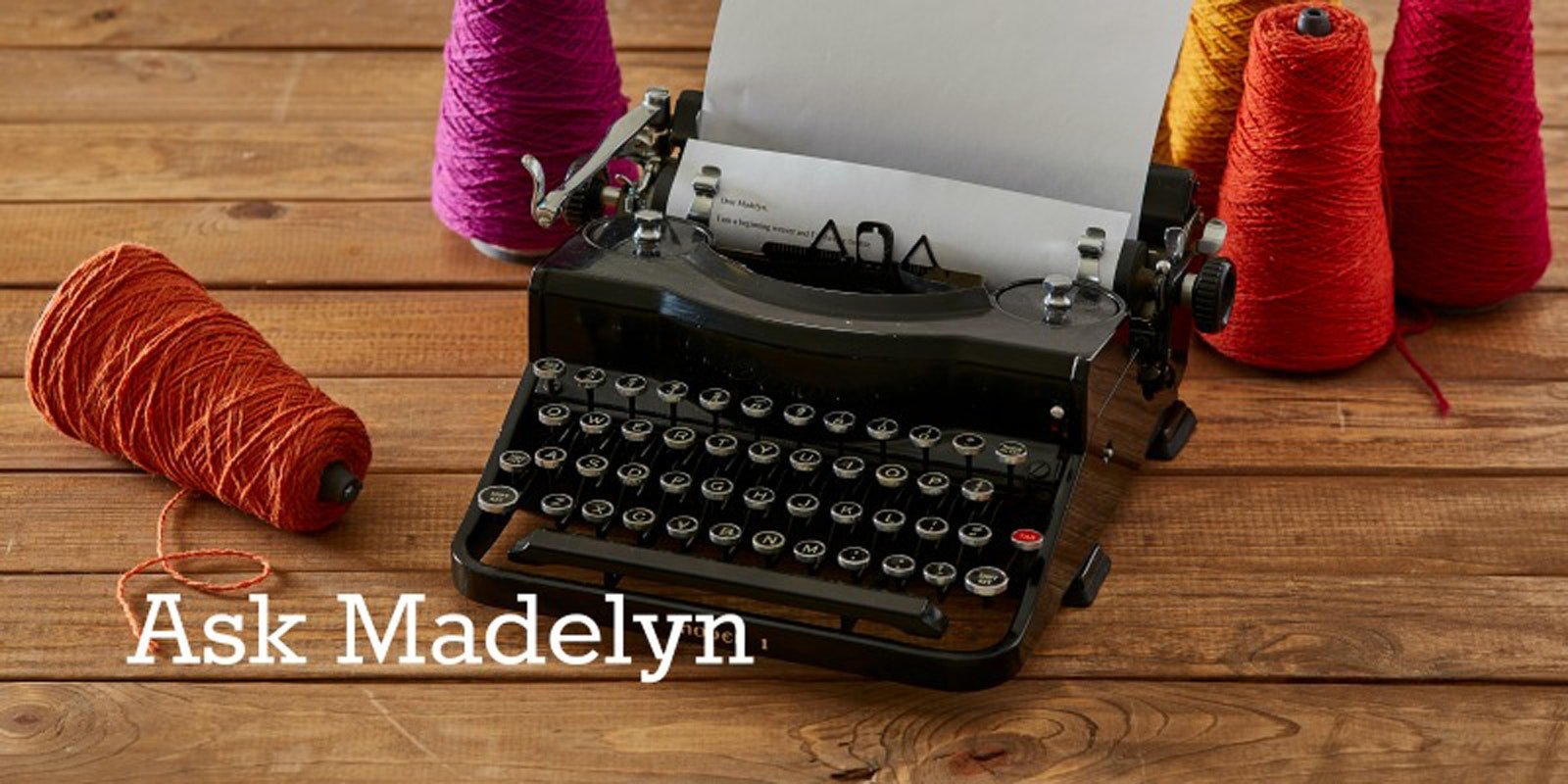Plain weave really is anything but "plain" or ordinary. It's an incredibly versatile structure without which most other structures wouldn't be possible. Even on its own plain weave can be pretty exceptional. In fact, some of the fanciest fabrics throughout the years have been plain weave, including that favorite of ballroom gown makers everywhere: taffeta.
Typically woven from silk, taffeta originated in Persia (now Iran) and the name comes from the Persian word tafta which roughly translates to "twisted woven." It's a stiff fabric that's smooth, crisp, and beautifully shiny. (It's also not a quiet fabric as it makes wonderful rustling noises when it moves. Perhaps that's one reason why it's so popular for ballgowns: if it the fabric doesn't grab your attention at first glance, the noise it makes will encourage you to take a second look.
Because taffeta is so stiff and tightly woven, it keeps its shape incredibly well. This means your puffy sleeves will stay puffy, your skirt won't deflate, and your ruffles will stay ruffed. It also means that taffeta wrinkles quite easily, which also explains why it was a favorite of the upper classes: you don't need to worry if your dress will get wrinkled with the slightest breeze if you have servants to iron it for you. Conversely, if you're working all the time, a fabric that needs constant ironing is probably not terribly appealing.
 |
| Lady in Rose Taffeta by William Hogarth. We think these puffy sleeves could stand to be even puffier |
Taffeta's importance goes beyond fashion, though. Back in the late 18th century Joseph Montgolfier noticed that some laundry hung over a fire to dry billowed over the flame. This got him thinking and he built a box from very thin wood and covered it with taffeta. He lit a fire under it and watched as it flew up into the air. He told his brother and the two of them plotted, experimented, and eventually invented the hot air balloon.
For their first demonstration for the king they built, with the help of wallpaper manufacturer Jean-Baptiste Revellion, an ornately decorated taffeta balloon coated with a varnish of alum. Because the king and others were worried about the effects of flight on the human body, the first passengers were a sheep, a duck , and a rooster. The flight was a success and later that same year another taffeta balloon was built and carried teacher Jean-Francois Pilatre de Rozier in the air for almost four whole minutes. Not bad for boring old plain weave.

